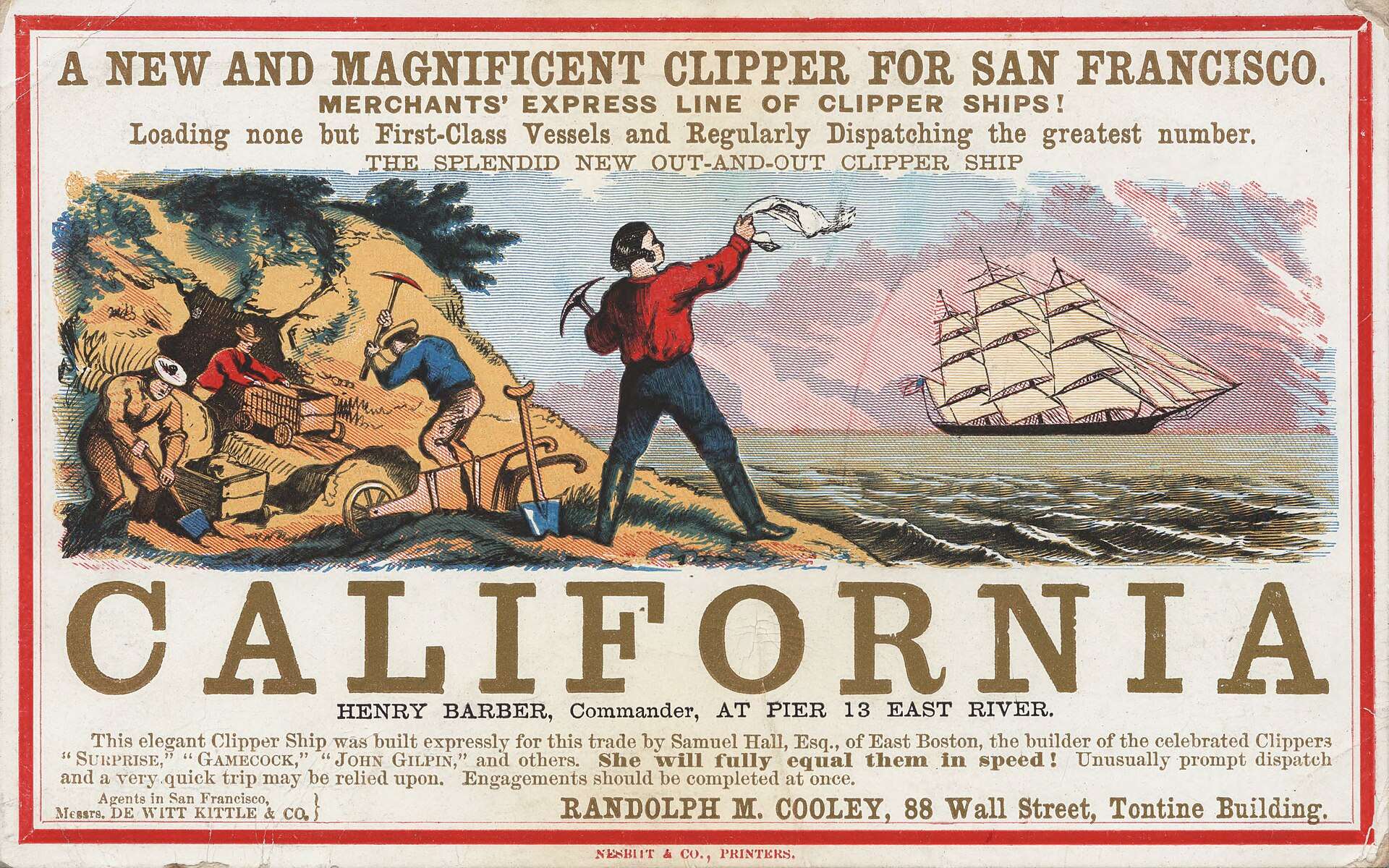Throughout the history of our country there have been many events to change our course, but none have been more powerful than the “gold bug.” Once bitten, there seems to be nothing as important as finding that precious metal!
Every walk of life has fallen to it, every profession, every nationality, and every generation. It seems that there are no exceptions. More people have been struck with gold fever than any other malady known. It has emptied cities, jails, ships – anywhere there are people. Wars have been waged over it, and fortunes made and lost. The only cure seems to be more of it, and when done without, it flares up with an uncontrollable desire to find it.
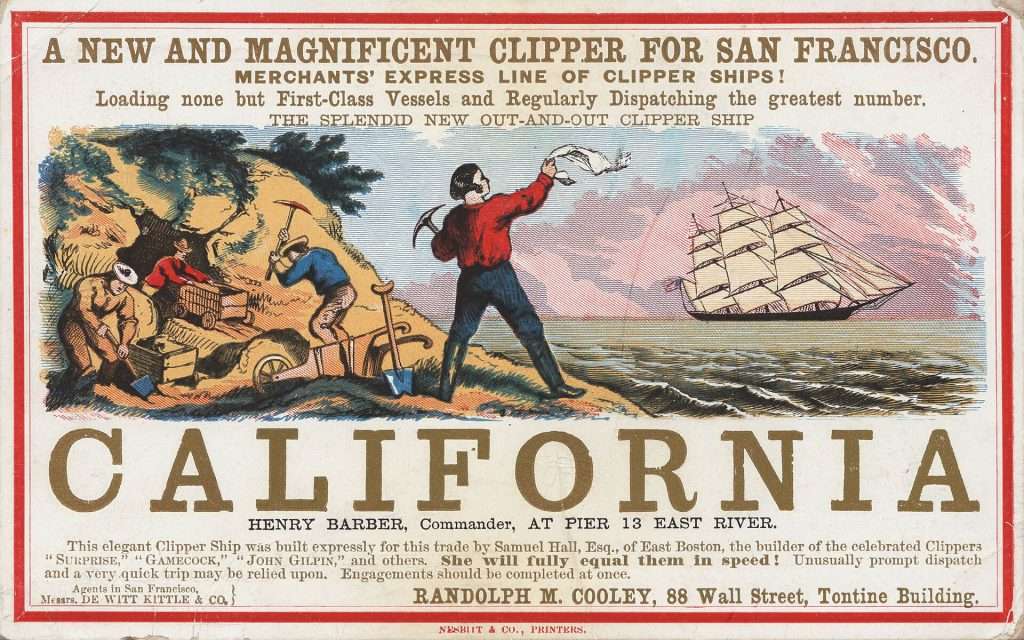
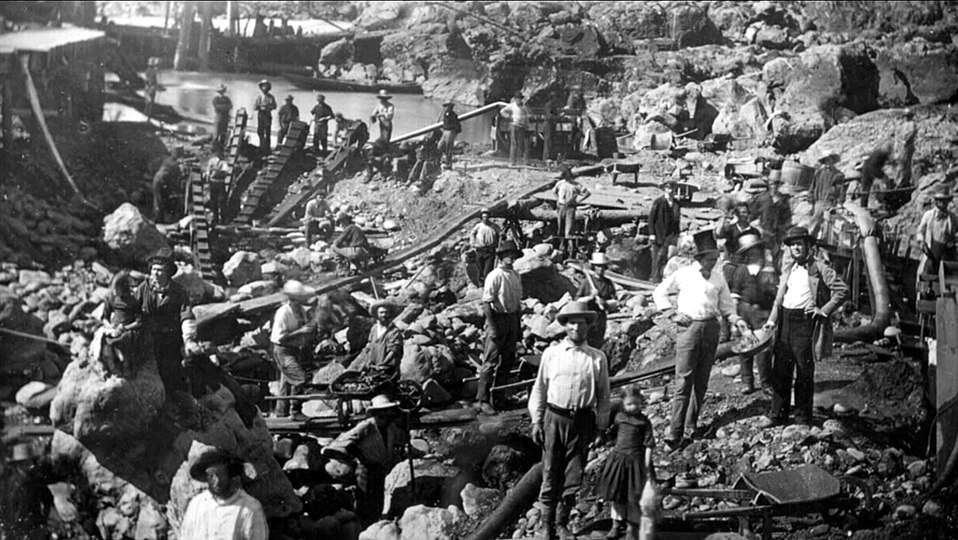
A lot of us have the “bug” to some degree, but it would be hard to have it anymore than what our earlier miners showed. Their determination and persistence were remarkable, and the following true events illustrate their “gold fever.”
On Wednesday, the fifteenth of March 1848, the Californian, one of the two weekly newspapers in San Francisco, contained the first printed notice of the gold discovery at Sutter’s mill. It ran as follows…”Gold found. In the newly made raceway of the sawmill recently erected by Captain Sutter on the American Fork, gold has been found in considerable quantities…California, no doubt, is rich in mineral wealth; great chances here for scientific capitalists. Gold has been found in every part of the country.”
The census for that month in 1848 showed a population of 810, of which 237 were women and children. Two months later, in May, San Francisco had been almost completely abandoned by its male population. There was less than 50 men left. Gold fever had struck, and the rush was on!
The Star, the other weekly newspaper in San Francisco, called it an “epidemic”. On May 27, 1848, the Star complained “Stores are closed and places of business vacated, a large number of houses tenantless, various kinds of labor suspended, or given up entirely, and no where the pleasant hum of industry salutes the ear of late; but as if a curse had arrested our onward course of enterprises, everything is dull, monotonous, dead.” Real estate values dropped by one half or more, and all merchandise not used in mines radically declined, while labor rose to ten times its previous cost, if you could find labor available at all.
On May 29th, the Californian newspaper folded, and on June 14th the Star closed its doors. The whole country was shouting gold! Gold! GOLD! Fields were left half planted, houses half built, and everything neglected but the manufacture of shovels, pickaxes, and transportation means.
Incoming ships had as many difficulties. One ship commander, on observing the problem of losing men, promptly gave the order to put to sea. Not only did his crew refuse, but that night they gagged the night watch, and rowed away. Not long after, a Peruvian brig entered the bay. They saw the many homes, but no one came out to welcome them. In previous trips it had been a celebration when a ship entered the port. They quickly learned everyone was off to the mountains for gold. On that note, that night, the entire Peruvian crew abandoned ship and went off for the gold fields!
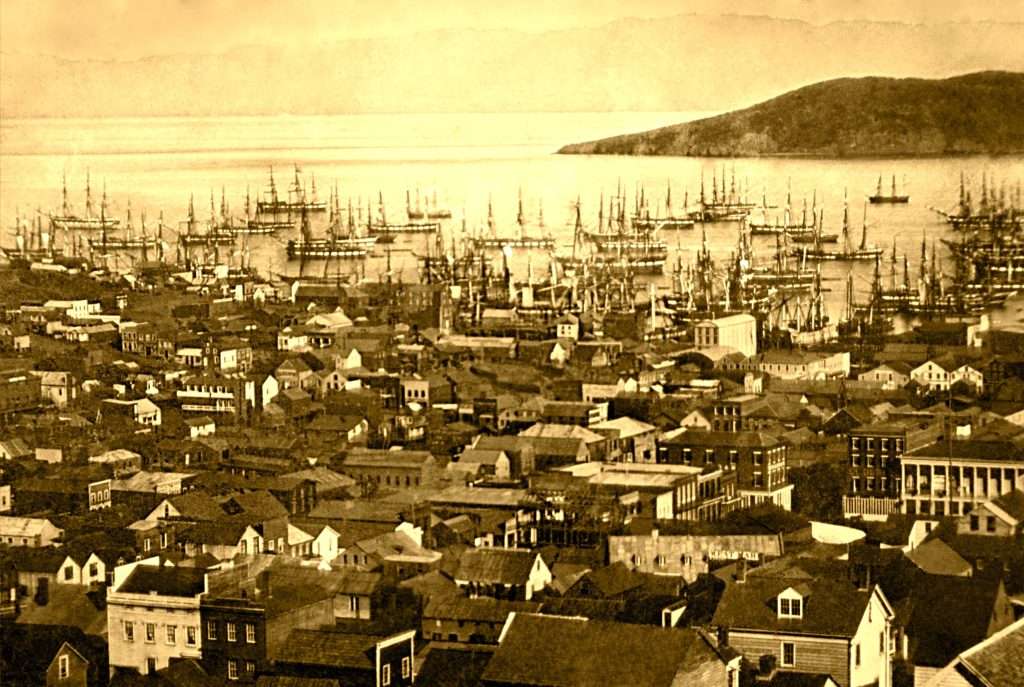
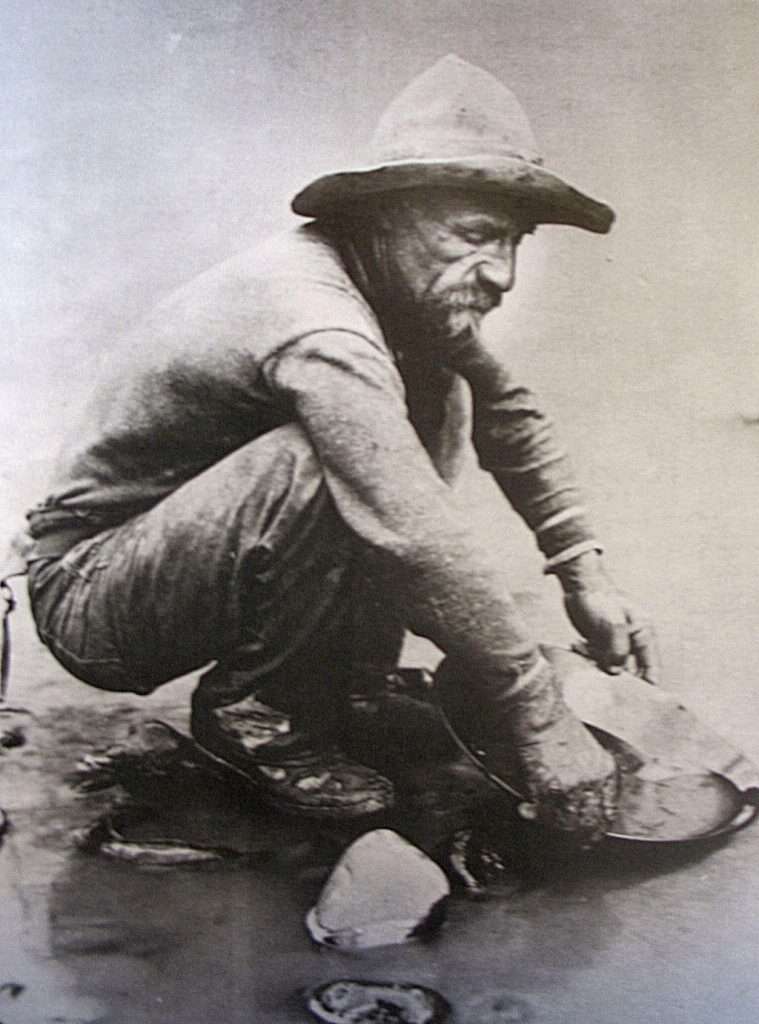
The military fared no better. By July 25th, the entire military force was almost non existent. The officers were as eager to be off as the men, and those soldiers who were not given leave, or liberal furloughs, went without it. At one point the only three remaining military men, General Mason, Lieutenant Lanmar, and Reverent Colton, met for breakfast. The Reverent Colton later wrote “This morning for the fortieth time, we had to take to the kitchen and cook our own breakfast. A General of the U.S. Army, the Commander of a Man-of-War, and the Governor of Monterey, all in a smoking kitchen grinding coffee, toasting a herring, and peeling onions!”
Other events were equally the same:
- One of the first vessels to be deserted was a ship of the Hudson Bay Company. The sailors abandoned ship, and the captain then followed seeking his own fortune, leaving his wife and daughter in charge of the vessel.
- The first steamboat, the Californian, on February 28, 1849, was immediately deserted by her crew. The owner, Forbes, asked the military Squadron Commander, Jones, to take charge of the ship. Jones declined. He had no men left!
- A local San Francisco constable had ten prisoners in lockup, but desperately wanted to go to the mines himself. He didn’t want to let the prisoners loose upon a community of now mostly women and children, so he finally took them with him, where they worked contently for him – until others, jealous of his success, incited them to revolt.
All of this was simply the very top of the iceberg during those times. It would have been something to see, and experience! Today many of us have the gold fever as well, and there are some modern stories and experiences that need to be added to the gold rush history of our country!
Written by Don
Reference: “History of California,” Volume 6, 1848-1859, by Bancroft, and published in 1888.

